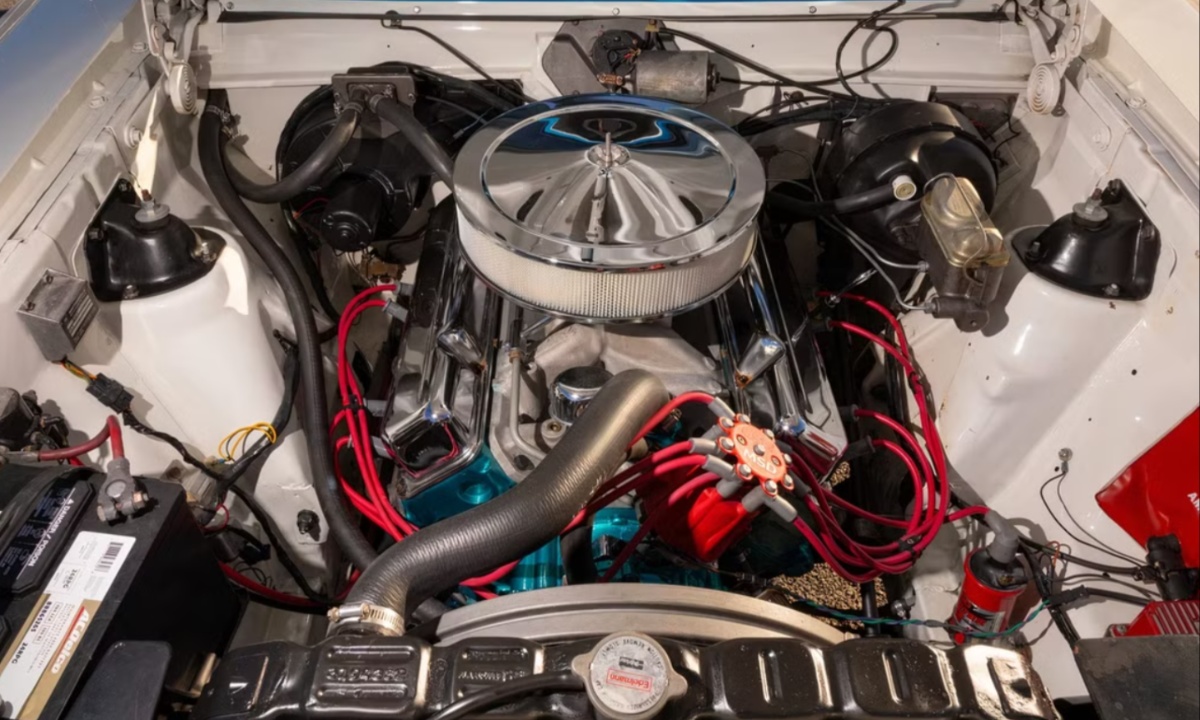Motorsports and performance car history have seen certain engines rise above the rest, becoming legendary for their dominance on the track and reliability on the street. These engines are not just about brute horsepower—they’re engineered for longevity, reliability, and real-world drivability.
In this list, we explore 10 iconic engines designed with endurance in mind, many of which evolved through racing roots to become stalwarts in road cars.
From the battlefields of WWII to the backroads of America, these machines represent a blend of innovation, strength, and timeless performance, earning a place in both racing history and everyday motoring.
1. AMC 390 Tall-Deck: Underdog with Muscle
The AMC 390, especially the tall-deck version introduced in 1970, stands as a unique player in American muscle history. Originally powering the AMX and Rebel Machine, the tall-deck design offered increased torque and displacement reliability, making it ideal for endurance-style road use.
Though it only lasted a year before morphing into the 401, its Go Package enhancements showed AMC’s commitment to building competitive, road-worthy machines.
Despite its brief run, enthusiasts regard the AMC 390 as underrated but capable, proven by its adaptability in various street and performance scenarios, making it a respected name among endurance-oriented V8s.

2. Rolls-Royce Merlin: Aviation Legend Turned Street Showpiece
While not designed for cars, the Rolls-Royce Merlin became a benchmark for durable engineering. Its reputation for reliability during grueling WWII air missions reflects a level of mechanical endurance few engines ever reach.
Built under license by Packard in the U.S., the Merlin-powered P-51 Mustangs and Spitfires operated with remarkable consistency. Though rarely installed in road vehicles, some imaginative builders have managed to adapt it into land vehicles, proving its versatility.
With immense displacement and aircraft-grade components, the Merlin’s strength under stress mirrors the qualities sought in endurance racing—and on long, powerful drives.
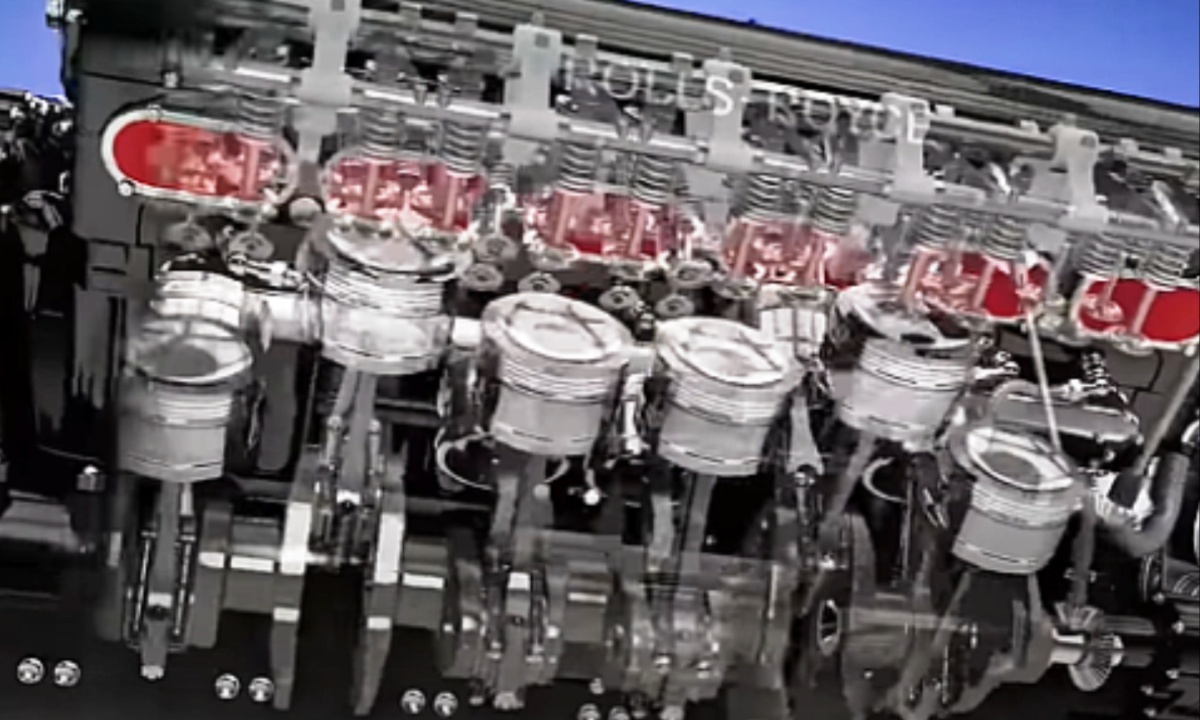
3. Chevy DZ 302: Born for Trans Am
Chevrolet’s DZ 302 was crafted specifically for endurance racing in the Trans Am series, fitting the SCCA’s 305ci limit with a creative combination of parts. Engineers merged a 327 block with a 283 crank, resulting in a high-revving, track-friendly V8. Although factory-rated at 290 horsepower, real-world output pushed 400 hp in tuned form.
Its brief production run in 1967–1969 Camaros cemented its status as a motorsports icon. With robust internals and racing pedigree, the DZ 302 proved to be as reliable as it was powerful, making it a go-to choice for those craving both speed and durability on the street.
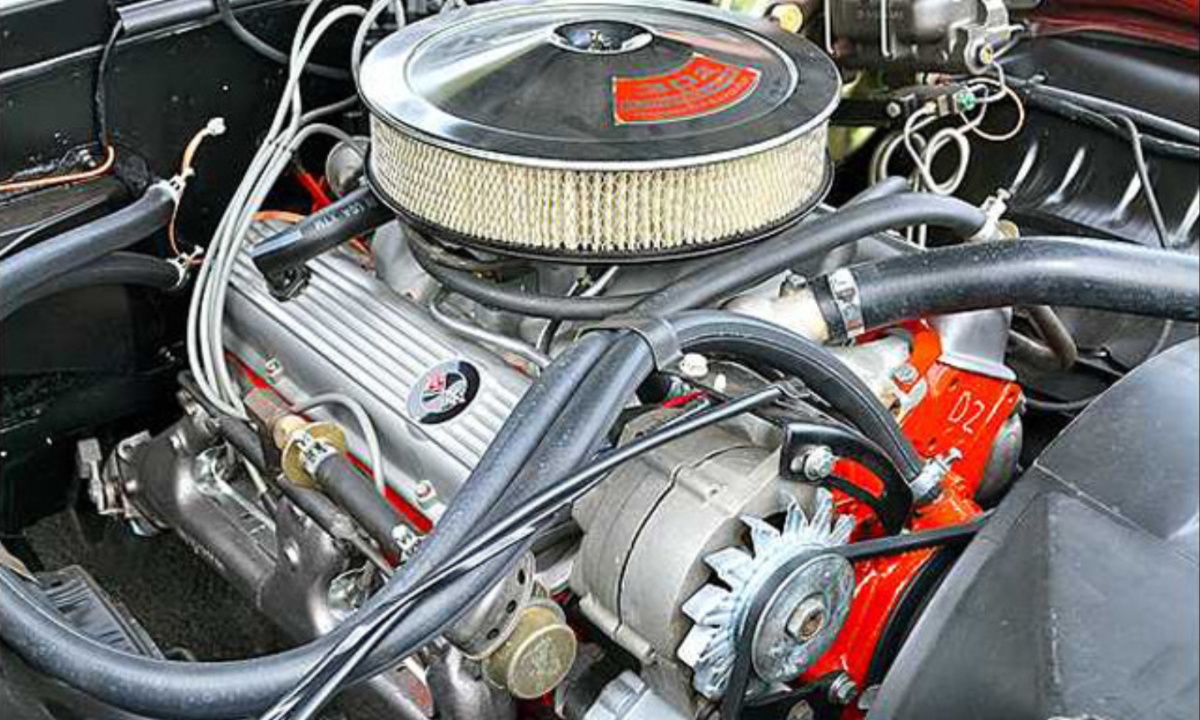
4. Ford 351 Cleveland: Aussie-Born, Global Brawn
A staple of Ford’s performance portfolio, the 351 Cleveland was a street beast with a competition soul. Debuting in 1970, this engine featured big-port 4V heads and a strong bottom end, making it ideal for high-revving endurance applications.
Its reputation only grew in Australia, where it saw continued use in motorsport and production cars for over a decade.
Cleveland’s ability to take abuse, coupled with its unique sound and breathing capability, made it a favorite among racers and hot rodders alike. Today, it remains an engine known for its longevity and competitiveness on and off the track.
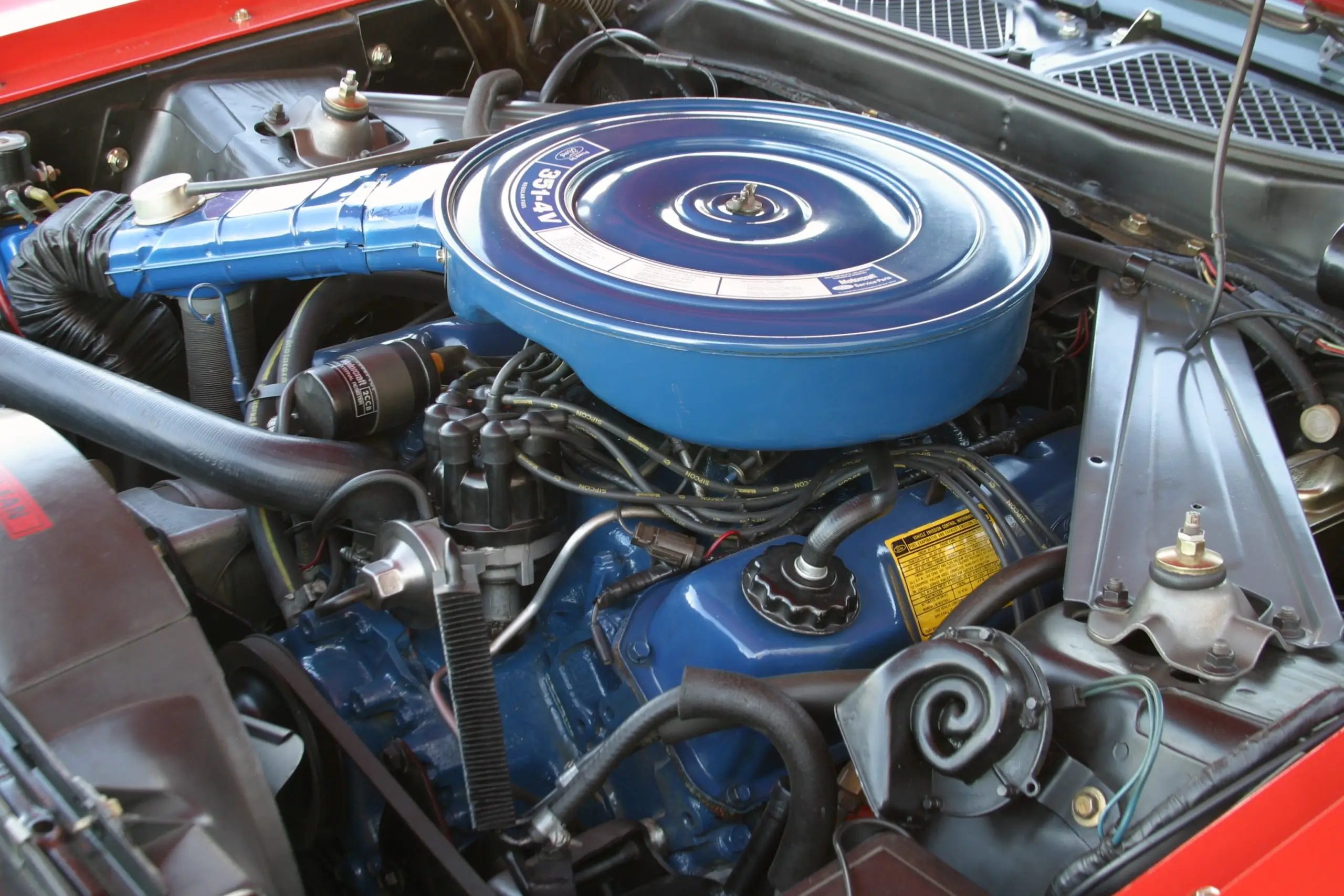
Also Read: 5 Cars With the Smoothest-Shifting Manual Boxes and 5 With Notchy Gates
5. Chevy 350 Small Block: The Everyman’s Endurance Engine
The Chevy 350 small block is perhaps the most ubiquitous engine on this list. With its modular design and vast aftermarket, it became the Swiss Army knife of American V8s. Debuting in the late 1960s and continuing through the 1990s, the 350 earned its place in everything from trucks to Corvettes to boats.
Its broad torque curve, affordability, and ease of maintenance made it a favorite for endurance racers and daily drivers alike. While not as exotic as some others here, the Chevy 350’s staying power on the road and track is unmatched—proof that reliability is a form of performance.
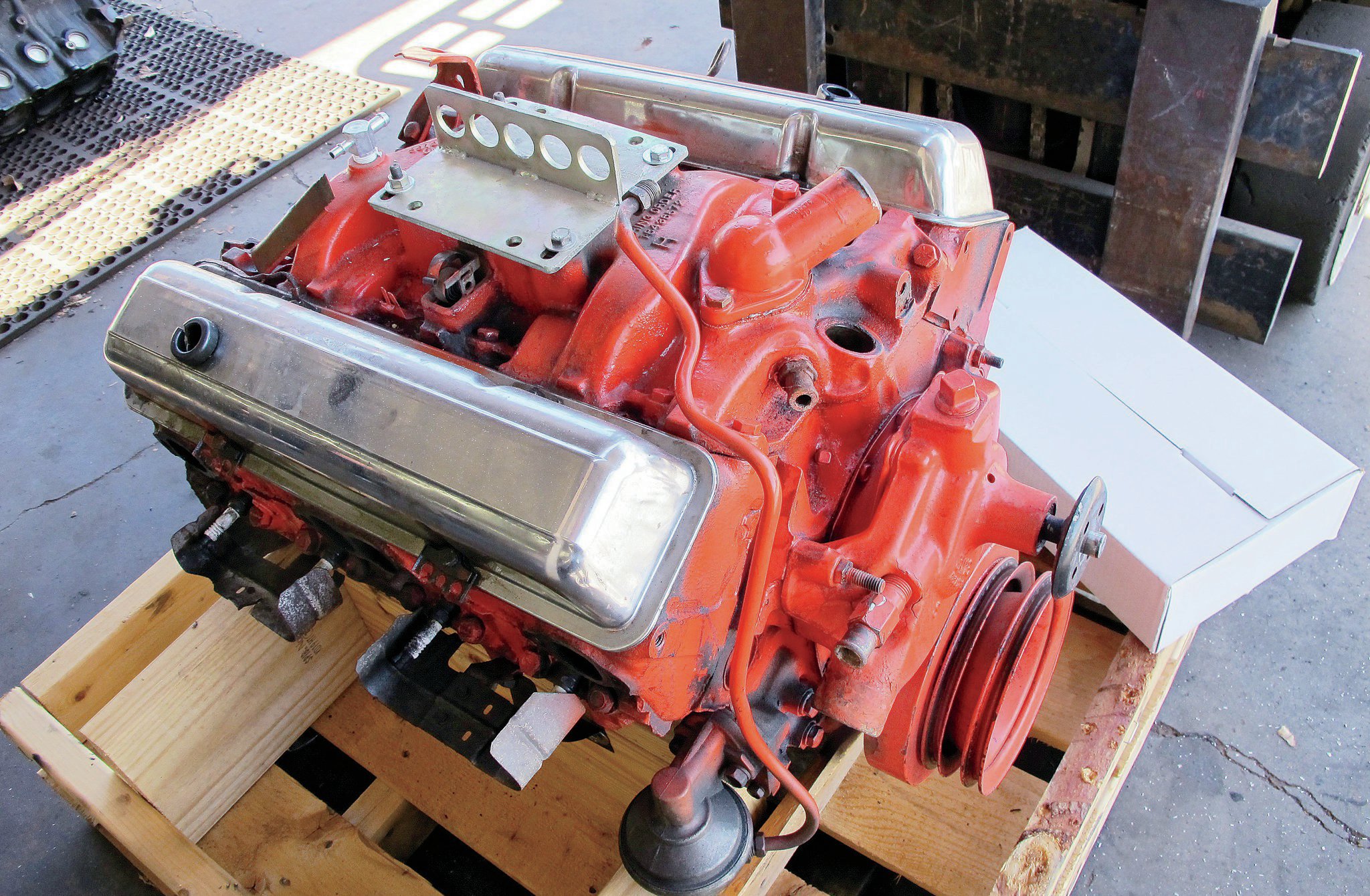
6. Pontiac 455 HO & SD: Torque King of the 1970s
The Pontiac 455 was a last stand of muscle in an era increasingly focused on emissions. Introduced in 1970, the High Output (HO) and Super Duty (SD) variants delivered massive torque and proved their mettle in long-haul cruising and performance use.
Though emissions restrictions began neutering power plants in the mid-70s, Pontiac bravely pushed the SD455 in 1973, with racing-grade internals and advanced engineering.
Despite the regulatory headwinds, these engines endured—figuratively and mechanically. Even decades later, the 455 is celebrated for its torque-rich, smooth-running character that made it an ideal endurance performer in GTOs and Firebirds alike.
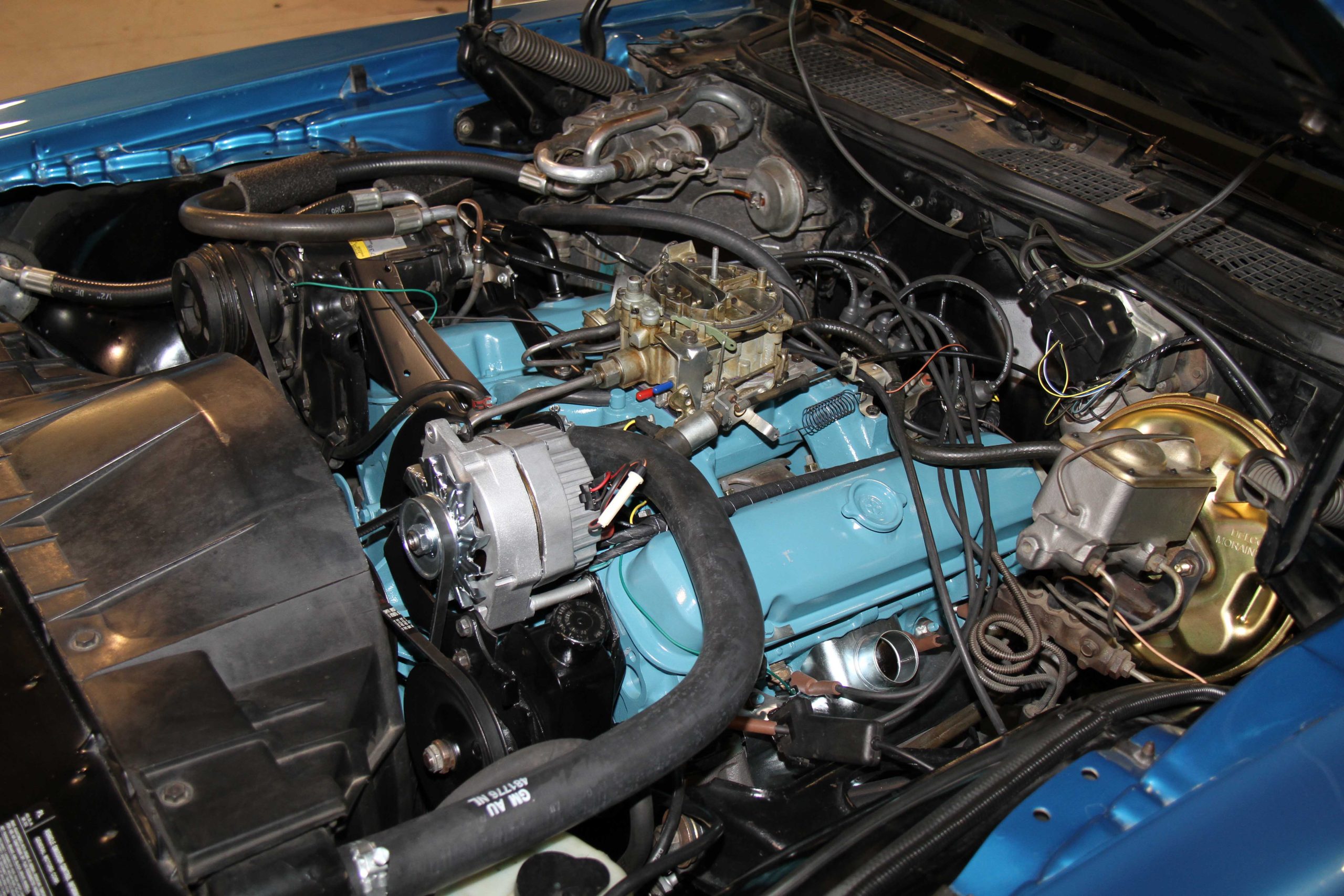
7. Chevy Big Block Family: Raw Power That Lasts
Chevrolet’s big block family, especially the 427 and 454 cubic inch variants, exemplifies brute strength with staying power. Developed in the 1960s, these engines found homes in Corvettes, Chevelles, and Camaros—and were often built with racing in mind.
The LS6 454 in particular was rated at 450 hp, and real output often exceeded that. Thanks to their robust bottom ends and large displacements, big blocks maintained power delivery across extended use, making them well-suited for long-distance muscle driving or drag racing endurance. The popularity of BBCs in pro stock racing underlines their durability and performance heritage.

8. GM LS Family: Modern Endurance, Maximum Versatility
When GM introduced the LS1 in 1997, it redefined American V8 engineering. The LS platform became a juggernaut in motorsports and street performance due to its compact size, aluminum block (in most variants), and exceptional aftermarket support.
Engines like the LS3, LS6, and LS7 brought endurance reliability with track-grade performance. Whether naturally aspirated or boosted, the LS family has powered everything from Corvettes to trophy trucks.
Swappable into nearly anything, LS engines thrive in endurance racing and daily driving alike—earning their reputation as the modern gold standard in durable performance.
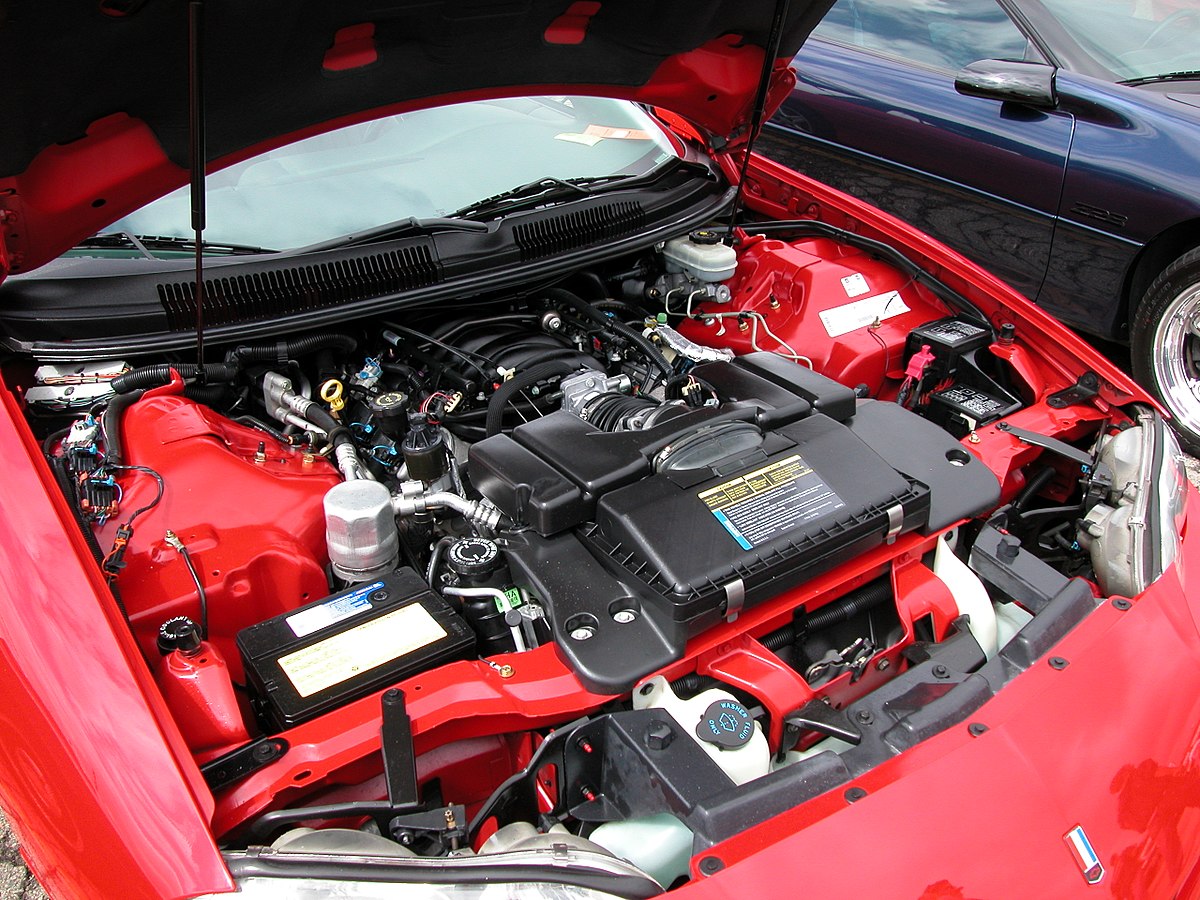
9. Chrysler 426 Hemi: The Elephant in the Garage
Nicknamed “The Elephant” for its size and power, the Chrysler 426 Hemi was built for domination in NASCAR and drag racing. Introduced in 1964 and refined in 1966, this engine became synonymous with Mopar performance and incredible durability under stress.
With hemispherical combustion chambers and huge valves, the 426 Hemi was engineered to breathe efficiently at high RPMs—ideal for endurance at speed. Even today, its distinct exhaust note and rarity make it a prized engine.
Its resilience and engineering have translated to decades of admiration from racers and collectors alike, cementing its legacy as an unstoppable force.
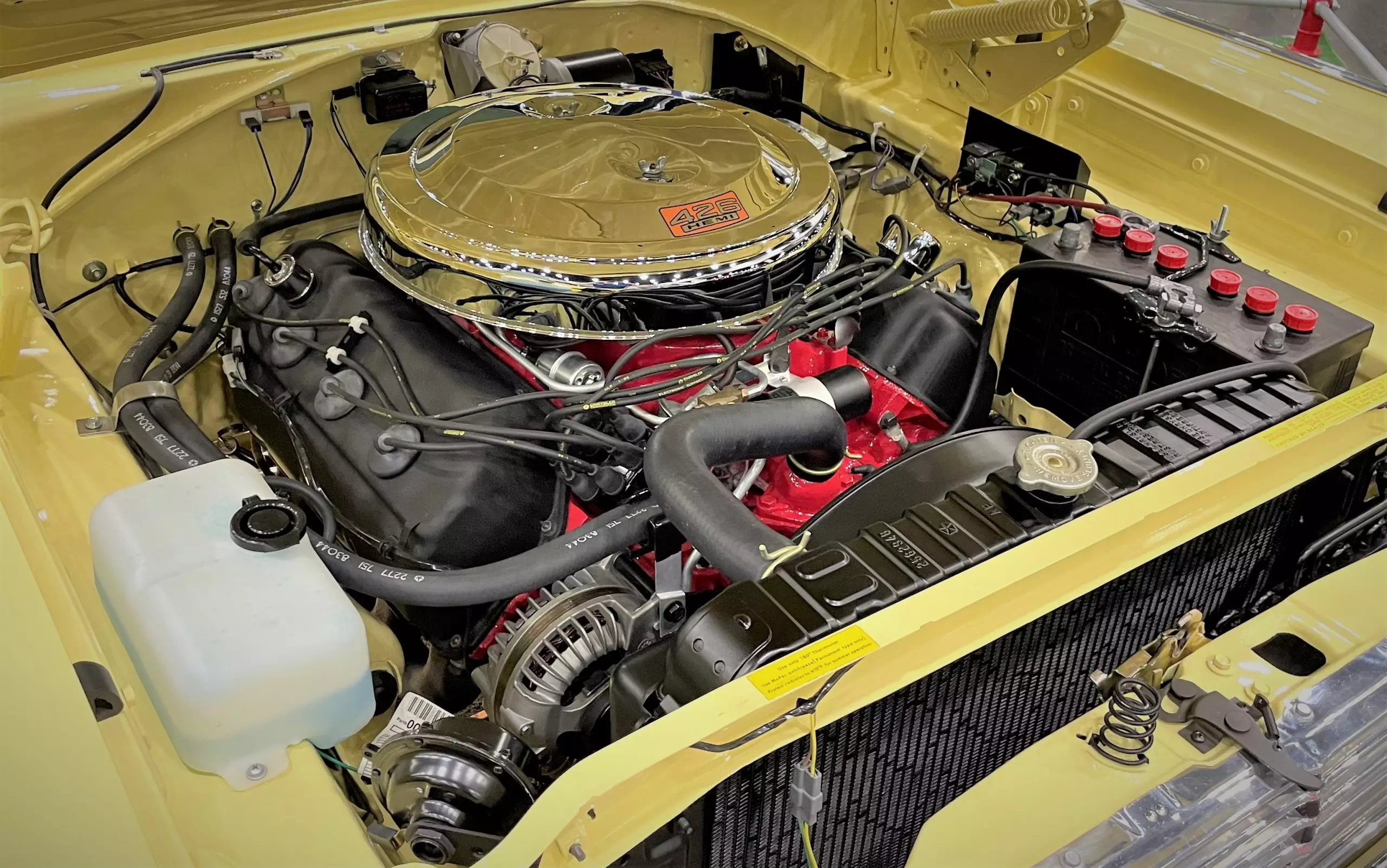
10. Ford 427 SOHC “Cammer”: Power Unleashed Too Soon
The Ford 427 SOHC—better known as the “Cammer”—was an engineering marvel. With a dual overhead cam design and race-grade construction, it was built to compete against Chrysler’s 426 Hemi in NASCAR.
However, rule changes kept it off the track, redirecting its legacy to drag racing and street legend. With a 6-foot timing chain and exotic valvetrain, it combined brute strength with high-revving capability.
Despite limited production, its durability and performance made it a cult classic. The Cammer represents endurance engineering at its peak—a forbidden fruit that proved itself in NHRA and hot rod lore instead.
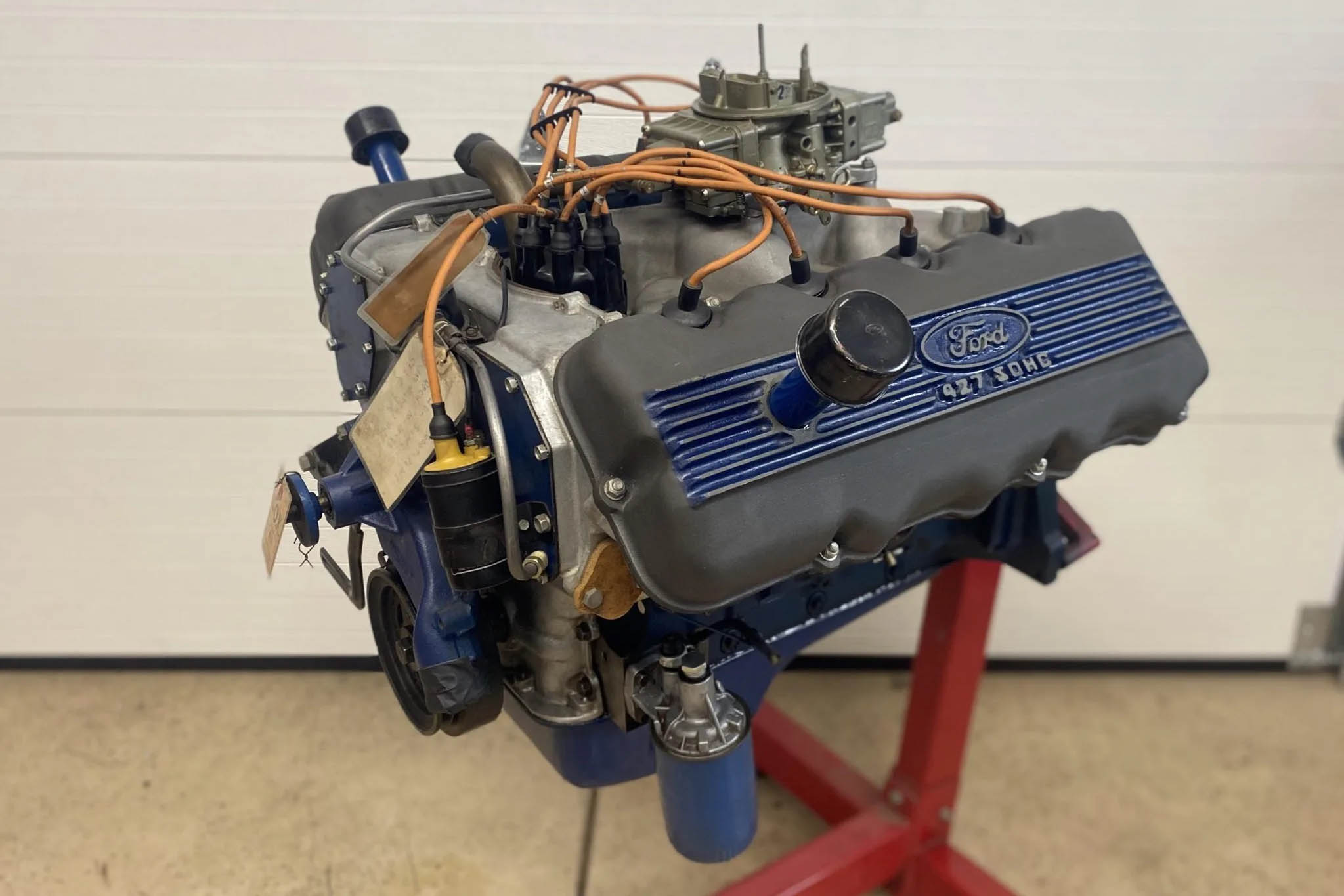
From the bulletproof simplicity of the Chevy 350 to the aerospace precision of the Rolls-Royce Merlin, these engines tell a story of innovation, strength, and staying power. Each one—whether born in a race shop, a warplane, or a muscle car factory—demonstrates how endurance engineering transcends categories.
These powerplants weren’t just designed to win races; they were built to last, to be rebuilt, and to live on long after their prime. For enthusiasts and racers alike, these engines represent more than performance—they stand as milestones of mechanical endurance, proving their worth both on the track and on the road.
Also Read: 5 Cars With Best Fuel-Cost Calculators and 5 With Misleading Displays

